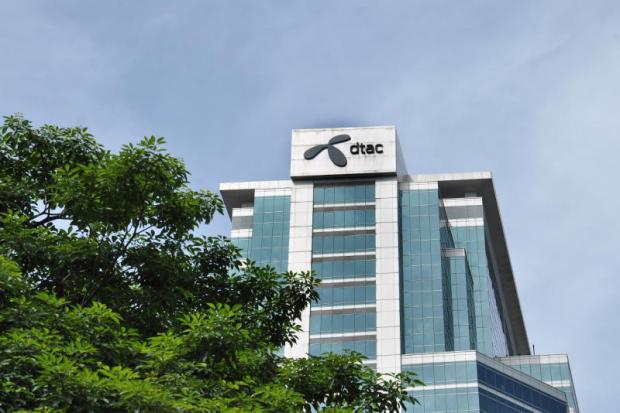Total Access Communication (DTAC), the latest in a growing list of companies seeking to capitalise on digital transformation, will slash its workforce by 1,000 employees this year in an effort to increase earnings.
The strategic move by the country's third-largest mobile operator is part of parent company Telenor Group's attempt to reduce human resources costs in 2018 by using digital technologies, according to a reliable source.
"We're focusing on what we're good at, which is to offer the best possible digital experience to our customers," said DTAC chief executive Lars Norling. "And that means increasing customer personalisation and simplification."
Mr Norling did not elaborate on the company's downsizing plans.
The company plans to increase the use of digital channels by up to seven times, allowing its customers to accomplish more and to complete routine operations faster.
By 2020, 35% of DTAC's sales are projected to be conducted through digital channels, in contrast with today's figures, which are still in the single digits. Customer care will be 95% digital, double the current figure. Marketing will more than triple with the use of digital channels, aiming for 65% by 2020.
In-app bill payment doubled in 2017, with the app representing 60% of upselling.
"These are huge increases compared with our standing, but the growth we achieved in 2017 shows we're on track to reach these objectives," Mr Norling said.
As it cuts its workforce by 20%, DTAC aims to hire over 200 digital talents by 2020. DTAC is re-evaluating its business on a regular basis, according to a company spokesperson.
DTAC failed to win a 4G licence during the 1800-megahertz and 900MHz spectrum auctions in 2015. Advanced Info Service (AIS) and True Move both secured licences in each spectrum.
But DTAC did secure a partnership deal with TOT Plc to provide 4G LTE service through TOT's 2300MHz spectrum. The deal was approved by the National Broadcasting and Telecommunications Commission (NBTC) late last year. Before it begins commercial operations, the company's plan has to be approved by the State Enterprise Policy Commission (superboard) and the Office of the Attorney-General.
DTAC holds 90MHz of bandwidth (upload and download) on the 1800MHz spectrum and another 10MHz of bandwidth on the 850MHz spectrum under CAT Telecom's concession, which will expire in September 2018.
But DTAC only has the right to use 50MHz on the 1800MHz spectrum, since the concession dictates that DTAC must use the full capacity of its first 25MHz bandwidth before using its remaining spectrum bandwidth. DTAC also holds 30MHz of bandwidth (download and upload) on the 2100MHz spectrum under the licensing system.
DTAC plans to participate on the planned auction of the 1800- and 850MHz licences to continue serving its customers after its concession expires this September.
Previously, the NBTC planned to hold the auction by April and award licences to winners by July or two months ahead of the expiry of DTAC's concession, as the regulator wants to avoid service disruption after the concession ends.

